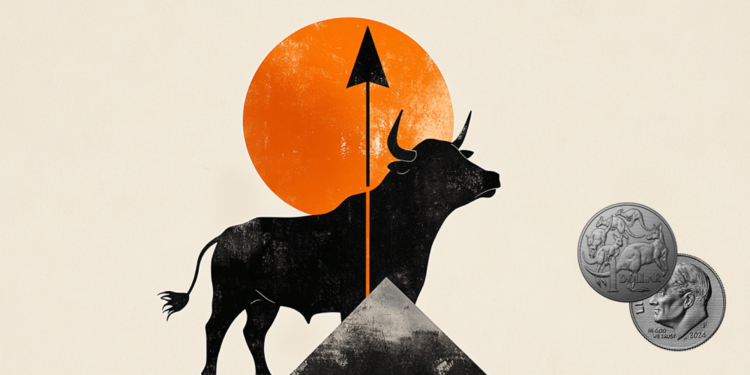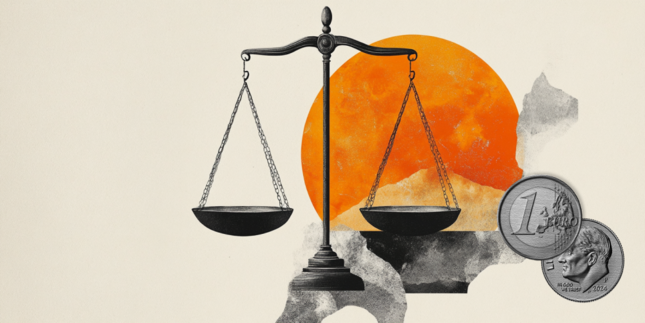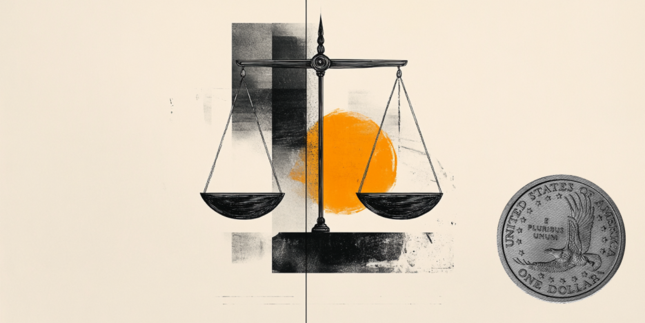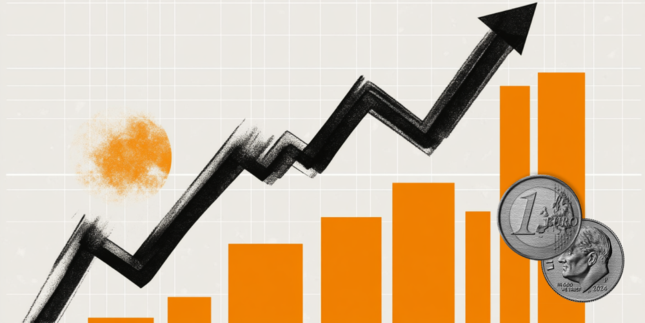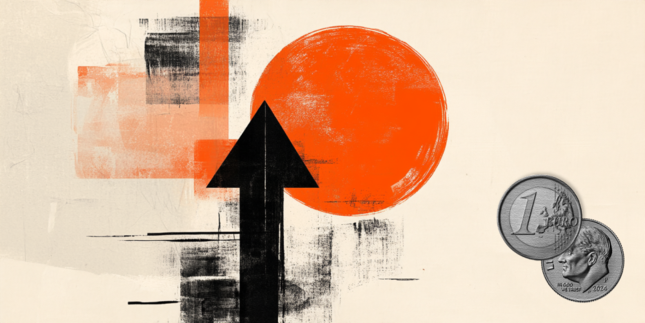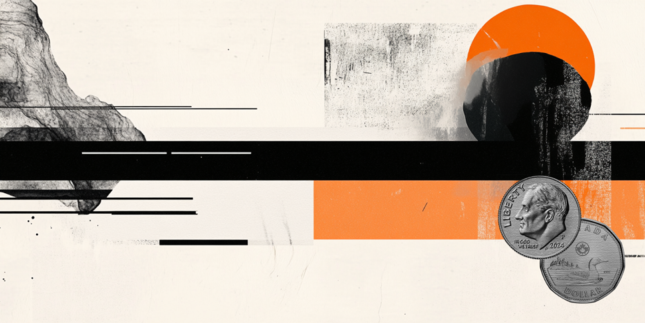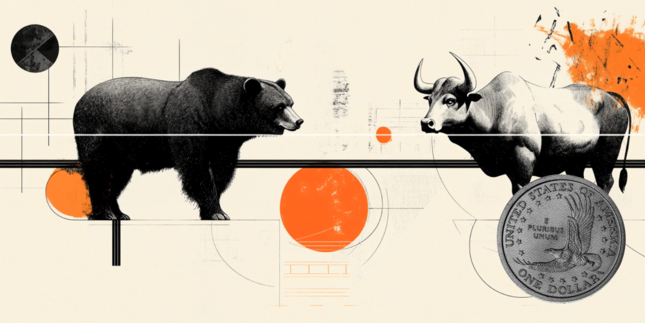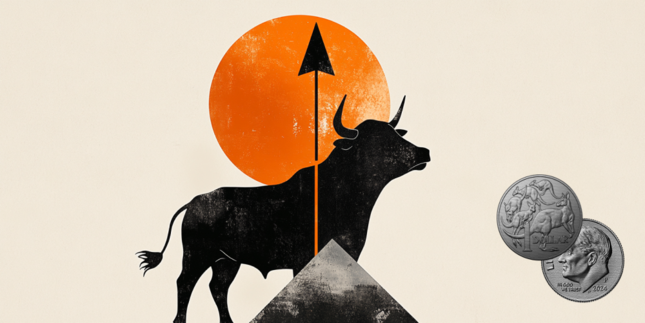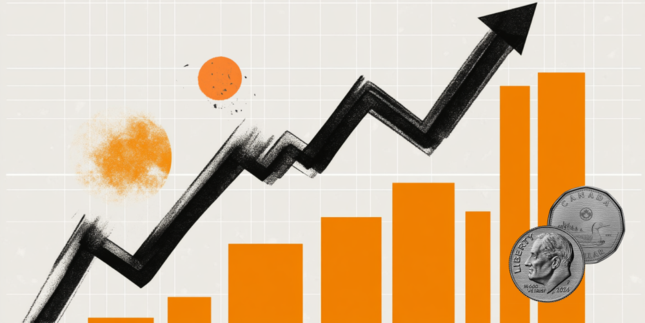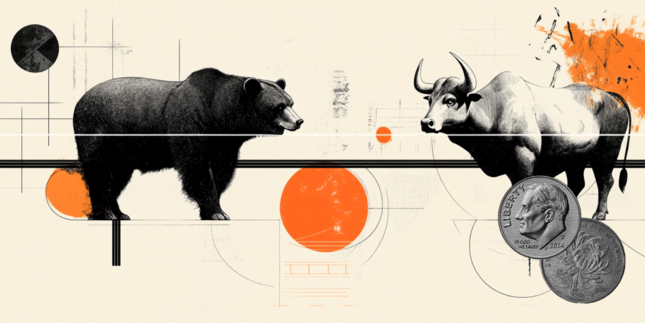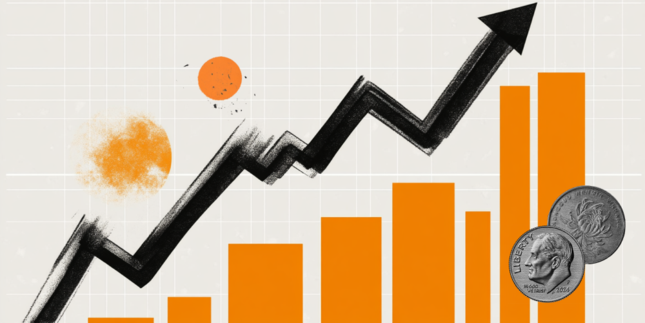AUD/USD declines to near 0.6330 despite US Dollar trades subduedly
- AUD/USD slides to near 0.6330 ahead of the Australian monthly CPI data for January.
- The RBA reduced its OCR by 25 bps to 4.1% last week.
- Renewed fears of Trump tariffs support the US Dollar.
The AUD/USD pair falls to near 0.6330 in late European trading hours on Tuesday. The Aussie pair extends its downside move for the straight third trading day ahead of the Australian monthly Consumer Price Index (CPI) data for January, which will be released on Wednesday.
Australian Bureau of Statistics is expected to show that inflationary pressures accelerated to 2.6% from 2.5% in December. Such a scenario would boost expectations that the Reserve Bank of Australia (RBA) won’t cut interest rates sooner.
The RBA reduced its Official Cash Rate (OCR) by 25 basis points (bps) to 4.10% in its policy meeting last week. This was the first interest rate cut decision by the RBA since November 2020. The RBA guided a cautious stance on interest rates as the battle against inflation is not over yet.
Meanwhile, the US Dollar (USD) drops slightly on Tuesday but is still holding a majority of Monday’s recovery move. The USD steadies amid renewed fears of tariffs by United States (US) President Donald Trump. On Monday, Trump said that his plans of imposing 25% tariffs on Canada and Mexico on March 4, which were delayed by a month after both nations agreed for tightening border activities, are still on. “The tariffs are going forward on time, on schedule,” Trump said from the White House.
This week, investors will pay close attention to the US Personal Consumption Expenditure Price Index (PCE) data for January, which will be released on Friday. Investors will pay close attention to the US PCE inflation data, which is the Federal Reserve’s (Fed) preferred inflation gauge, as it will influence market speculation for the Fed’s monetary policy outlook.
Australian Dollar FAQs
One of the most significant factors for the Australian Dollar (AUD) is the level of interest rates set by the Reserve Bank of Australia (RBA). Because Australia is a resource-rich country another key driver is the price of its biggest export, Iron Ore. The health of the Chinese economy, its largest trading partner, is a factor, as well as inflation in Australia, its growth rate and Trade Balance. Market sentiment – whether investors are taking on more risky assets (risk-on) or seeking safe-havens (risk-off) – is also a factor, with risk-on positive for AUD.
The Reserve Bank of Australia (RBA) influences the Australian Dollar (AUD) by setting the level of interest rates that Australian banks can lend to each other. This influences the level of interest rates in the economy as a whole. The main goal of the RBA is to maintain a stable inflation rate of 2-3% by adjusting interest rates up or down. Relatively high interest rates compared to other major central banks support the AUD, and the opposite for relatively low. The RBA can also use quantitative easing and tightening to influence credit conditions, with the former AUD-negative and the latter AUD-positive.
China is Australia’s largest trading partner so the health of the Chinese economy is a major influence on the value of the Australian Dollar (AUD). When the Chinese economy is doing well it purchases more raw materials, goods and services from Australia, lifting demand for the AUD, and pushing up its value. The opposite is the case when the Chinese economy is not growing as fast as expected. Positive or negative surprises in Chinese growth data, therefore, often have a direct impact on the Australian Dollar and its pairs.
Iron Ore is Australia’s largest export, accounting for $118 billion a year according to data from 2021, with China as its primary destination. The price of Iron Ore, therefore, can be a driver of the Australian Dollar. Generally, if the price of Iron Ore rises, AUD also goes up, as aggregate demand for the currency increases. The opposite is the case if the price of Iron Ore falls. Higher Iron Ore prices also tend to result in a greater likelihood of a positive Trade Balance for Australia, which is also positive of the AUD.
The Trade Balance, which is the difference between what a country earns from its exports versus what it pays for its imports, is another factor that can influence the value of the Australian Dollar. If Australia produces highly sought after exports, then its currency will gain in value purely from the surplus demand created from foreign buyers seeking to purchase its exports versus what it spends to purchase imports. Therefore, a positive net Trade Balance strengthens the AUD, with the opposite effect if the Trade Balance is negative.
Forex News
Keep up with the financial markets, know what's happening and what is affecting the markets with our latest market updates. Analyze market movers, trends and build your trading strategies accordingly.
